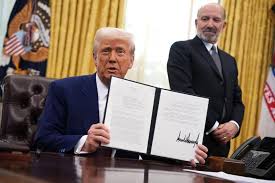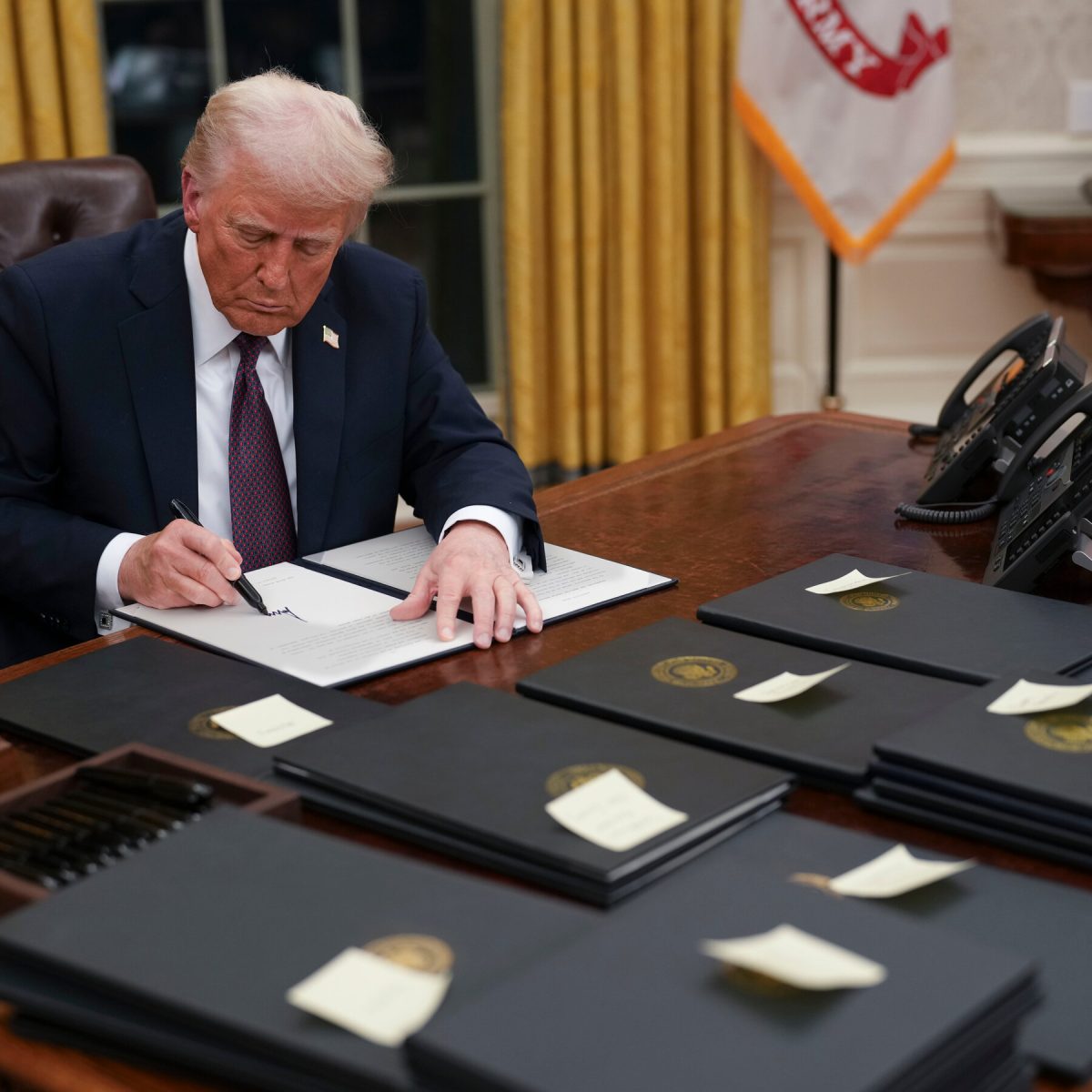The word tariff has been recently going around the country, and people are talking about it all over social media. This is because of Trump and his announcements during his presidential campaign about imposing new tariffs on goods that came from Mexico and Canada, the United State’s closest trade partners, and China, the country with the world’s second largest economy. Many agree with Trump, while others disagree with him in imposing these tariffs, arguing that these tariffs might give Trump what he wants or that these tariffs will only affect the United States and it will only result in a trade war between countries, affecting relations between the US and trade partners. But even if these tariffs could be a huge deal, many of us don’t even know how they work and can affect us, the consumers.
As people have said in social media, these tariffs can be a huge deal, especially to the economy. Tariffs are taxes that are imposed by the government on imported goods from other countries. And these tariffs can be applied to any good, such as clothes, various types of foods and materials and tariffs can also be set at any rate. For example, if the government applies a 10% tariff on apples imported from Mexico, the company who imports these apples will have to pay the 10% tariff to something called U.S Customs and Border Protection that collects tariff money and pays it to the government. Like with everything, there are some positives and negatives. The positive aspects of tariffs are a greater source of revenue for the government, protection of domestic industries, and can act as leverage during trade negotiations. These positive aspects are some of the reasons Trump announced he would implement these tariffs, to mainly protect American industry but also to use them as a tool in negotiations between countries. The negative aspects of tariffs are the ones that everybody is talking about. These are starting a possible trade war, the deterioration of relations with other trading partners and the most important one, the possible rising prices of goods. As said before, when companies import a certain product, they’ll have to pay a certain tariff to the government and these costs can be passed down to us, the consumers, by raising the prices of their goods. This will obviously impact almost everybody in the country with their grocery shopping, online shopping and maybe even their jobs.
On February 1st, Trump announced and signed new executive orders to put tariffs on imported goods from Mexico, Canada and China. These countries are the three largest trading partners of the United States, accounting for more than 40% of total trade with the United States. This obviously implies that these tariffs can not only hurt the economy of these 4 countries but also hurt their international relations and future trade deals. To specify, Trump put a 25% tariff on all imports coming from China and Mexico, but only put a 10% tariff on Canadian energy, which includes Canadian oil, electricity and natural gas. With China, Trump only included a 10% tariff for all imports coming from there. Furthermore, these tariffs had an immediate effect on the stock market. Multiple investors took out their investments in fear of what these tariffs would end up costing them, which in the end hurt a lot of companies.
Yet Mexico and Canada didn’t stay silent and responded to Trump’s actions almost immediately. Canada’s prime minister, Justin Trudeau announced that he would also set a 25% tariff set to impact up to $155 million U.S imports. On the other hand, Mexico’s president, Claudia Sheinbuam, said that she would also retaliate with their own tariffs as a response to Trump. Despite all of this, on Monday February 3rd, the Trump administration announced that the United States would halt these tariffs for 30 days until a deal is reached between the three countries, preventing a war trade from happening. Sheinbaum, Mexico’s president, But Trump has remarked that these tariffs are not supposed to create a trade war, that this is about a “drug war” Trump mentioned. The tariffs are supposed to be leveraged on immigration and drugs. This is because Trump has blamed Canada for the greater influx of fentanyl into the United States’ market. Trump has also blamed Mexico, and to a lesser extent Canada, for not securing their borders enough and letting thousands of illegal immigrants into the United States. This is why Trump has implemented these tariffs, to put pressure on Mexico and Canada to fix the problems that Trump has blamed them for. Yet, this is not all, China also responded against Trump’s tariffs with their own tariffs. China retaliated with multiple tariffs affecting various American industries, including a 15% tariff on coal and liquified natural gas products, a 10% tariff on crude oil, agricultural machinery and large displacement cars. The Chinese government also informed about sending a formal complaint to the World Trade Organization (WTO) for the “wrongful practices of the United States”, regarding trade.
As of now, no deal was reached between Canada, Mexico and the United States and the tariffs already took effect March 5, 2025.
But the question is, how does this affect us, the consumers?
As explained before, the companies who import these products are the ones who are going to be paying the tariff directly. But to make up for this, companies will pass on this cost to the consumers by increasing the prices of their products. Which makes any product affected by the tariff much more expensive. Another impact these tariffs could have on us is in increasing inflation throughout the next few years. All of this together will obviously have a great impact on the price of everything and as a result, we will have to spend much more money. According to the Budget Lab at Yale University, it estimates that Trump’s tariffs would cost the average American household $1,000 to $1,200 in annual purchasing power. Purchasing power means the amount of products and services available to purchase with a certain amount of current money. Meaning that you may now need more money to buy certain goods and services if these tariffs are here to stay. This does not only affect the prices of goods such as groceries but also the cheap clothes and accessories that are made in China and are consumed by the American public through apps like Shein and Temu as now packages have to go through customs and pay the tariff. So expect the prices from the items of these apps to increase but who knows by how much if these tariffs stay implemented in China. Another important products imported from China that will be affected by these tariffs are smartphone and laptop imports, parts that are needed to build these appliances. So, prices for these could be impacted, increasing in the future. And we have seen an actual impact of these tariffs, yet it was short lived. One the 4th of February, the U.S. The Postal Service announced that it would no longer accept parcels from China and Hong Kong until further notice. However, the USPS quickly changed course and said on Wednesday that it would work with Customs and Border Protection to implement a new collection process for the new China tariffs so no delays would happen. This shows how great of an impact these tariffs can already have in the country, even if temporary.







